Why does my lawn tractor cut unevenly?
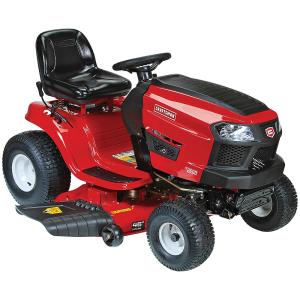

Taming the wilderness of your yard can make you feel like you've conquered the world. But after spending an hour or so mowing the lawn, it's disappointing to look over your domain and see grass that is uneven or not completely cut. Below are a few quick tips to help achieve a well-manicured lawn. Our lawn tractor not cutting evenly symptom page also explains causes and how to fix them.
Level the mower deck. Leveling the deck under the tractor is essential to getting a smooth, even cut on your lawn. This Sears PartsDirect video shows you how to adjust and level the mower deck.
Use sharp, straight blades. Inspect your blades before every use to see that they’re sharp, straight and free of chips. Replace the blades at the start of each cutting season or any time you find damage.
Clean the mower deck. A buildup of grass clippings under the mower deck interferes with airflow and grass clipping movement under the deck, hindering the lift of the blade. We have tips for preventing clippings from building up.
Slow down. The taller and thicker the grass, the slower you should go to give the blades time to lift and cut the grass.
Mow at full throttle. Although your ground speed should be slower, the engine should be at full throttle for the right blade speed.
Check the air pressure in the tires. Overinflated or underinflated tires cause the tractor to travel unevenly across the yard. Refer to your owner’s manual for the correct pressure. To find the manual, look up you model number.
Overlap your passes. The blade extends only to the edge of the deck. Overlapping by just an inch makes sure that the lawn tractor blade reaches each blade of grass.
For more advice about riding mowers and lawn tractors, check out our repair guides and articles.
Most common symptoms to help you fix your riding mowers & tractors
Choose a symptom to see related riding mower and lawn tractor repairs.
Main causes: faulty battery, bad alternator…
Main causes: damaged cutting blade, worn deck pulley, damaged mandrel pulley, loose fasteners on mower deck components…
Main causes: damaged tie rods, bent or worn wheel spindle, worn front axle, damaged sector gear assembly…
Main causes: worn or broken blade belt, broken belt idler pulley, blade clutch cable failure, bad PTO switch, damaged ma…
Main causes: punctured tire or inner tube, leaky valve stem, damaged wheel rim…
Main causes: engine overfilled with oil, leaky head gasket or sump gasket, damaged carburetor seals, cracked fuel pump, …
Main causes: clogged carburetor, damaged flywheel key, dirty spark plug, stale fuel, improper valve lash, engine needs a…
Main causes: shift lever needs adjustment, neutral control needs adjustment…
Main causes: worn or broken ground drive belt, bad seat switch, transaxle freewheel control engaged, transaxle failure, …
Most common repair guides to help fix your riding mowers & tractors
These step-by-step repair guides will help you safely fix what’s broken on your riding mower or lawn tractor.
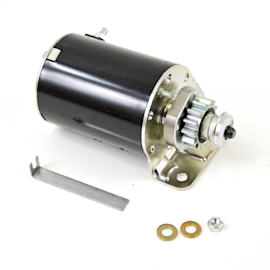
How to replace the starter motor on a riding lawn mower
If you hear the solenoid click but don’t hear the starter motor spin when you turn the key, follow these steps to replac…
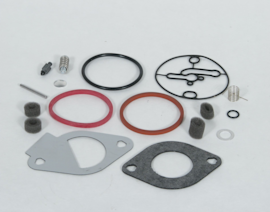
How to rebuild a riding lawn mower carburetor
Get your sputtering carburetor running smoothly in 60 minutes.…
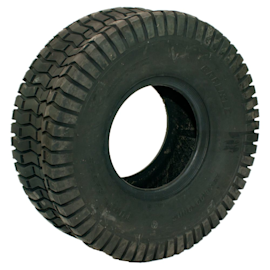
How to replace a riding lawn mower rear tire
Your mower can’t run on a damaged rear tire. Here’s how to install a new one.…
Effective articles & videos to help repair your riding mowers & tractors
Use the advice and tips in these articles and videos to get the most out of your riding mower or lawn tractor.

Learn about all the convenient features on our Sears PartsDirect website that make your parts purchases easier.…

Get answers to frequently asked questions about Sears and Sears PartsDirect.…
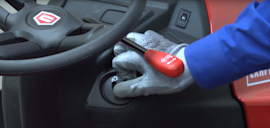
Check the starter solenoid, starter motor, wiring, battery and engine.…